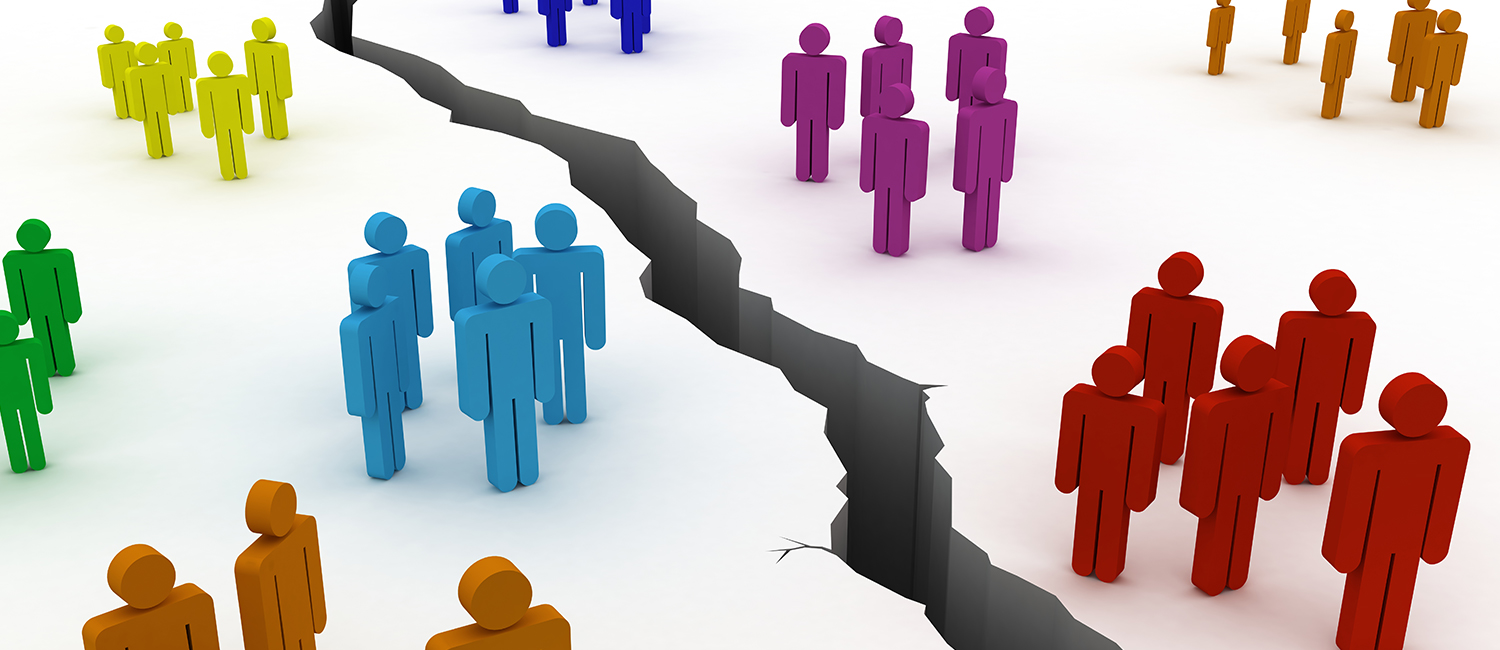
How addresses affect inequality
A child of the ’80s in Escanaba, Michigan, Marcus Britton joined the first wave of American kids dabbling in computer programming.
He’s still hooked. From his UWM sociology department office, the associate professor digs deep into massive data sets and writes analytical code, slowly unraveling the stark reality of what he calls place-based inequality.
Britton’s units of analysis are individuals – a Latina mother who delivered her baby at 28 weeks; an African-American boy who drops out of high school. They share one life-shaping similarity: urban segregation.
Where you grow up matters. To illustrate the point, he compares ZIP code 53206, a central Milwaukee neighborhood, and Whitefish Bay, a Milwaukee suburb. They’re separated by less than five miles, but don’t have much in common. The U.S. Census reports a poverty rate of 4.3 percent in Whitefish Bay. In 53206, that rate is more than 44 percent.
“That has consequences,” Britton says, “for the kinds of opportunities a child has, the kinds of outcomes that a child typically experiences later in terms of health or educational attainment.”
He believes his research can contribute health policy and business development ideas to address Milwaukee’s high African-American infant mortality rates and low employment rates for African-American men. When poverty is entrenched in a ZIP code, other disadvantages follow: violent crime, poor health outcomes, low graduation rates.
“Segregation can even create poverty because it becomes harder for people to work when they live far from where the jobs are located,” Britton says. “That is the case in Milwaukee, where a lot of jobs are in suburban, predominantly white areas.”